Some thoughts on aquaculture’s past and future from the Asian disease symposium
The FAO/NACA conference on Aquaculture in the Third Millennium, which was convened in Bangkok during February 2000, was designed to follow on from the Kyoto conference of 1976, which had the objective of developing policies to promote sustainable development of aquaculture. This provided an interesting opportunity to compare the state of aquaculture then and now. In 1976, aquaculture was seen as part of the “blue revolution” in which we would harness the sea’s resources and farm them in the same way as we did on land. The World Aquaculture Society (then the World Mariculture Society) was only a few years old, and there was a mood of optimism. Large-scale, commercial shrimp culture had just started to take off in Latin America and Asia, with Ecuador and Taiwan leading the way. Salmon culture was concurrently developing in Europe, and all over the world considerable research was devoted to tackling the technical problems associated with farming many aquatic species.
Aquaculture has developed rapidly since 1976. It has been the world’s fastest growing food production sector for nearly two decades, with an overall growth rate of over 11 percent per year since 1984, compared with 3 percent for terrestrial farm animal meat production, and 1.5 percent for landings from capture fisheries. Total global aquaculture production in 1997 (the latest year for which official global information is available from FAO) was reported at 36 million tons and valued at $50 billion. The contribution of aquaculture toward total world fisheries landings has also more than doubled since 1984, increasing its share of total fisheries landings (includes both capture fisheries and aquaculture) from 11.4 percent by weight in 1984, to 27.6 percent in 1997. FAO data on per caput food fish supply suggests that over 30 percent of “food fish” consumed by humans in 1997 is currently being supplied by aquaculture. No mean feat, but one that will have to be maintained in the face of increasing populations, particularly in developing countries.
Despite aquaculture now contributing a significant proportion of seafood products, there appears to be a “crisis of confidence” today as compared to the optimistic attitude during the late 1970s. Increasing incidence and severity of various disease problems, intensive pressure from non-governmental organizations (NGOs) and its impact on public perception, financial crises and loss of investor confidence, and increasing calls for regulation make it seem as though it all somehow went wrong. However, these are just part of the growing pains of any new activity. We can and have learned to control or live with disease as a normal part of our business. The pressures from some NGOs, where and when they are justified, will lead us to perform better and provide a better product for our customers. Similarly, as results become more predictable, more long-term investment will be made, and regulation is not necessarily a bad thing as long as it involves the participation of the aquaculture sector and is sensitive to its needs.
Fourth symposium on diseases in Asian aquaculture
Last November the Asian Fisheries Society Fish Health Section (AFSFHS) held its Fourth Symposium on Diseases in Asian Aquaculture (DAA) together with the South-East Asian Fisheries Development Center Aquaculture Department (SEAFDEC AQD) in Cebu, Philippines. The DAA symposia have become one of the most influential events for aquatic animal health specialists in the region, and usually draw a large and varied audience. The conference also marked the Tenth Anniversary of the Fish Health Section, and provided an opportunity to take stock of the changes in the region and to look to the future of fish health research. A total of 167 contributions were made, including 14 plenary papers, 70 oral presentations, and 83 posters from fish health specialists throughout the region.
The AFS-FHS was founded in January 1989 and developed from the Asian Fish Health Network funded by the International Development Research Center (IDRC) of Canada. The first AFSFHS conference was held in Bali, Indonesia in 1990 and subsequent conferences were held in Phuket, Thailand (1993) and Bangkok, Thailand in 1996 (in conjunction with the Annual Meeting of the World Aquaculture Society). Comprehensive proceedings of each of these conferences have been published as DAA Volumes 1, 2, and 3, together with a newsletter and several other specific publications. Currently, Asian fish health research is dominated by two major concerns: White Spot Syndrome Virus (WSSV) in penaeid shrimp, and Epizootic Ulcerative Syndrome (EUS), a major disease condition of finfish. Both diseases were extensively discussed at the recent DAA conference.
Epizootic ulcerative syndrome (EUS)
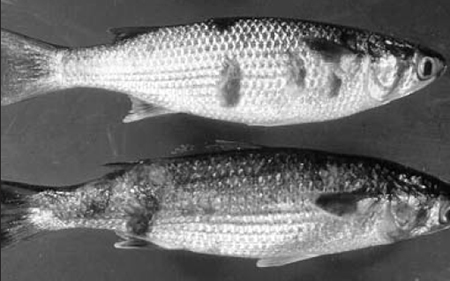
EUS is of particular concern in Asia since it affects small-scale, artisanal farmers who make up the bulk of aquaculture production . It has been estimated that the combined value of losses due to EUS may be over US$ 100 million. In the past 15 years it has spread to affect more than 100 species of freshwater and estuarine fish throughout SE Asia, the Indian subcontinent, Australia and Japan.
The spread of the disease has been relatively welldocumented, with suspected outbreaks in Japan in 1971 (under the name “mycotic granulomatosis”); Australia in 1972 (as “Red Spot Disease”); Malaysia, Thailand, Myanmar (Burma) and the Philippines in the early 1980’s; Bangladesh, Sri Lanka, Bhutan, Nepal in the late 1980’s; India in 1991, and Pakistan in 1996.
The disease is characterized by high mortality of fish with large red or gray ulcers, frequently with a brown, necrotic, fungus-covered center. There are some differences between species in the extent of the ulceration, but the ulcers appear to occur in similar positions in fish of the same species. The exact cause of the disease has been the subject of considerable debate, but it is generally agreed that the Oomycete “fungus” Aphanomyces invadans is a necessary factor in the development of the disease. The picture is complicated by the fact that a many other microorganisms have, at one time or another, been isolated from EUS-type lesions.
Further complications include the fact that A. invadans can only attach and invade the tissues if the skin is already compromised. EUS outbreaks show a distinct seasonality, and there is an apparent association with some environmental and water quality variables such as temperature, rainfall and pH. It is thought that a wide range of organisms or conditions may lead to the initial skin lesions, which are then colonized by the fungus, making studies of its epidemiology quite complicated.
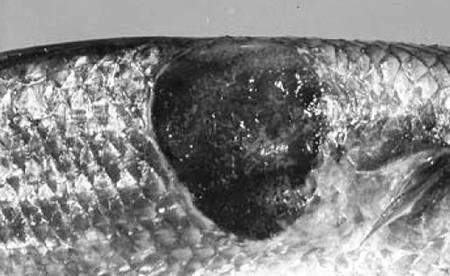
The impact of EUS in Asia is such that it has led to increased interest in the establishment of effective measures for quarantine and health certification in much the same way that WSSV has in Latin America. The spread of the disease within Asia – among a farming sector which is highly dependent on fish as a source of basic nutrition as well as livelihood – is of great concern as is the spread, albeit slow, towards Europe, where its impact on large-scale commercial fish culture operations is as yet unknown.
I would like to thank Ian Macrae at the Network of Aquaculture Centers in Asia-Pacific for information and the photographs of EUS (Figs. 1, 2). More information on this disease can be obtained from two excellent publications: “Epizootic Ulcerative Syndrome (EUS) Technical Handbook” and “Pathology and Histopathology of Epizootic Ulcerative Syndrome (EUS).” Both can be obtained from the Aquatic Animal Health Research Institute, Department of Fisheries, Bangkok, Thailand. Fax: +66 2 561 3993; e-mail: aahri@fisheries.go.th.
White spot syndrome virus (WSSV)
Among the white spot research papers presented at the recent DAA Symposium, several reports confirmed that shrimp dying from WSSV and Yellowhead Virus show widespread apoptosis (see also article by Laramore in this issue). Apoptosis is akin to “cell suicide,” essentially a mechanism in the body’s defenses whereby abnormal cells are induced to “commit suicide” to prevent the replication of abnormalities. Cancer is caused when this mechanism is shut off and cells continue to divide uncontrollably. The shrimp is, in effect, dealing with the disease by killing itself. This is one of the central predictions in the hypothesis of “tolerance,” which requires that the shrimp simply ignores the abnormality (in this case the presence of the virus).
Dr. Lo’s group from Taiwan presented data to demonstrate that the reliability of broodstock screening by PCR is vastly improved if the tests are done after spawning. They also reported that WSSV requires specific virusencoded enzymes to replicate, and that this may give rise to the possibility of chemotherapy using enzyme inhibitors. Early results from this work have been promising, although their idea of a long-term strategy involving transgenic methods to develop resistant shrimp may be somewhat unrealistic, given current public concerns over this technology.
Chris Baldock from Australia also spoke of disease surveillance from an epidemiological perspective. Of particular interest was the process of accreditation of freedom from the disease, and I quote from the abstract of his paper: “In principle, accreditation of freedom from a particular disease either at the farm, zone, national or regional level is possible when there is no clinical, epidemiological or other evidence of the disease or its agent over a reasonable period of time.
To support the accreditation, a credible surveillance system based on a knowledge of the natural history, modes of transmission and spread of the disease as well as the adequacy of diagnostic methods must be in place. Because of its variable quality, a self-reported history is no longer regarded as sufficient. Increasingly, other forms of evidence of freedom from disease are being used, such as screening representative samples of animals and herds. Further investigation usually follows if there is suspicion of disease from the screening process.”
That an individual farm, hatchery or zone of a country can be established and accredited as a “specific disease free” area is of great importance, as it means that, in countries or regions where a disease is present, individual facilities which meet the criteria for accreditation may be able to continue trading with areas free of the disease. This has important implications for countries that rely on outside sources of stocks or are involved in exporting stocks, and is likely to be a major factor in the development and marketing of genetically improved and selected stocks.
(Editor’s Note: This article was originally published in the February 2000 print edition of the Global Aquaculture Advocate.)
Now that you've reached the end of the article ...
… please consider supporting GSA’s mission to advance responsible seafood practices through education, advocacy and third-party assurances. The Advocate aims to document the evolution of responsible seafood practices and share the expansive knowledge of our vast network of contributors.
By becoming a Global Seafood Alliance member, you’re ensuring that all of the pre-competitive work we do through member benefits, resources and events can continue. Individual membership costs just $50 a year.
Not a GSA member? Join us.
Author
-
Daniel Fegan, Ph.D.
Shrimp Biotechnology Program
National Center for Genetic Engineering and Biotechnology
Gypsum Metropolitan Tower
15th Floor
539/2 Sri-Ayudhya Rd.
Rajdhevec, Bangkok 10400
Thailand[116,101,110,46,97,115,117,64,110,97,103,101,102,100]
Tagged With
Related Posts

Responsibility
A look at various intensive shrimp farming systems in Asia
The impact of diseases led some Asian shrimp farming countries to develop biofloc and recirculation aquaculture system (RAS) production technologies. Treating incoming water for culture operations and wastewater treatment are biosecurity measures for disease prevention and control.
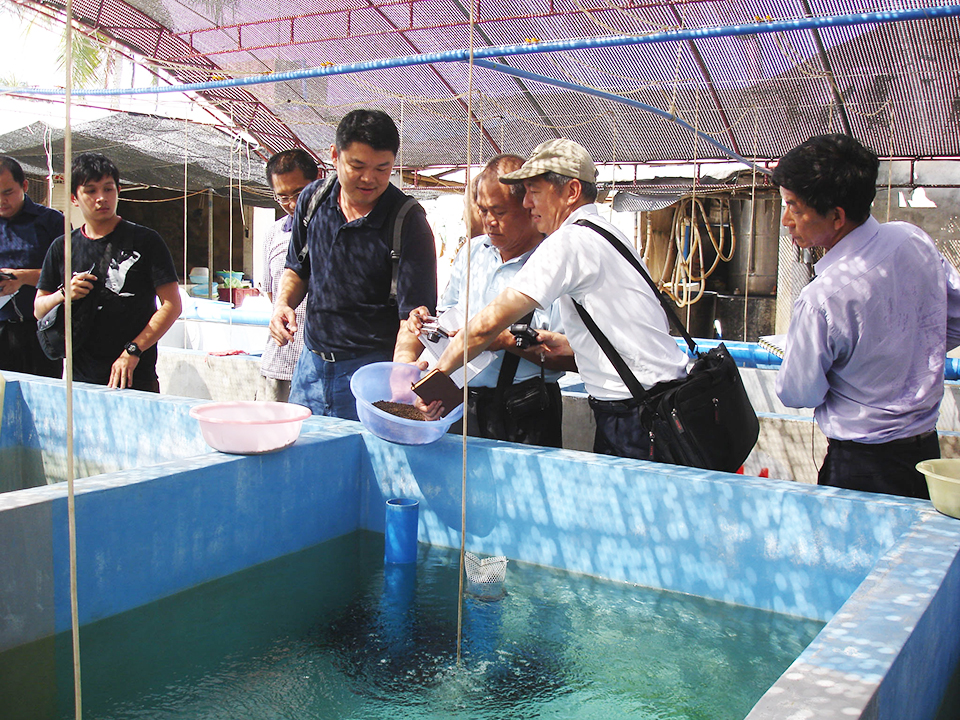
Aquafeeds
ASAIM addresses challenges to growth of marine fish farming in Southeast Asia
In its efforts to advance sustainable aquaculture practices and the use of soy-based feeds in Southeast Asia, the American Soybean Association International Marketing Program (USAIM) has identified several challenges.
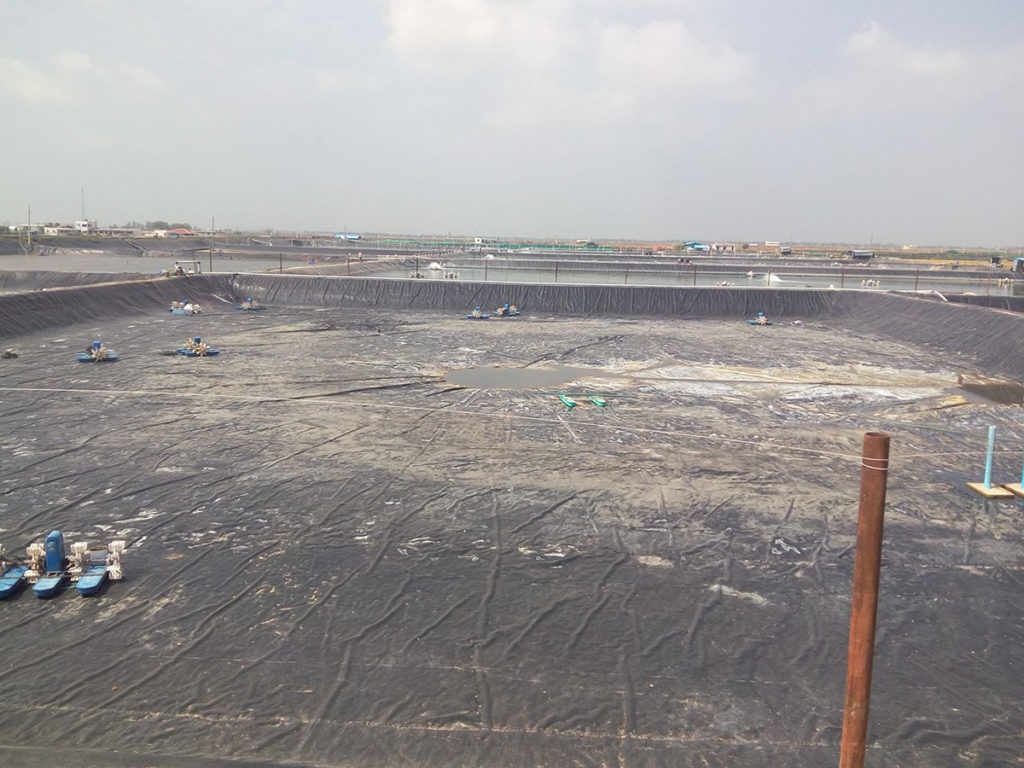
Responsibility
Appraising pond liners for shrimp culture
The use of plastic-lined ponds by shrimp farmers can significantly improve production efficiency, support more production cycles per year, and higher mechanical aeration rates and stocking densities. The capital cost of lining ponds can be very significant, so a thorough feasibility analysis is recommended when considering this production tool.
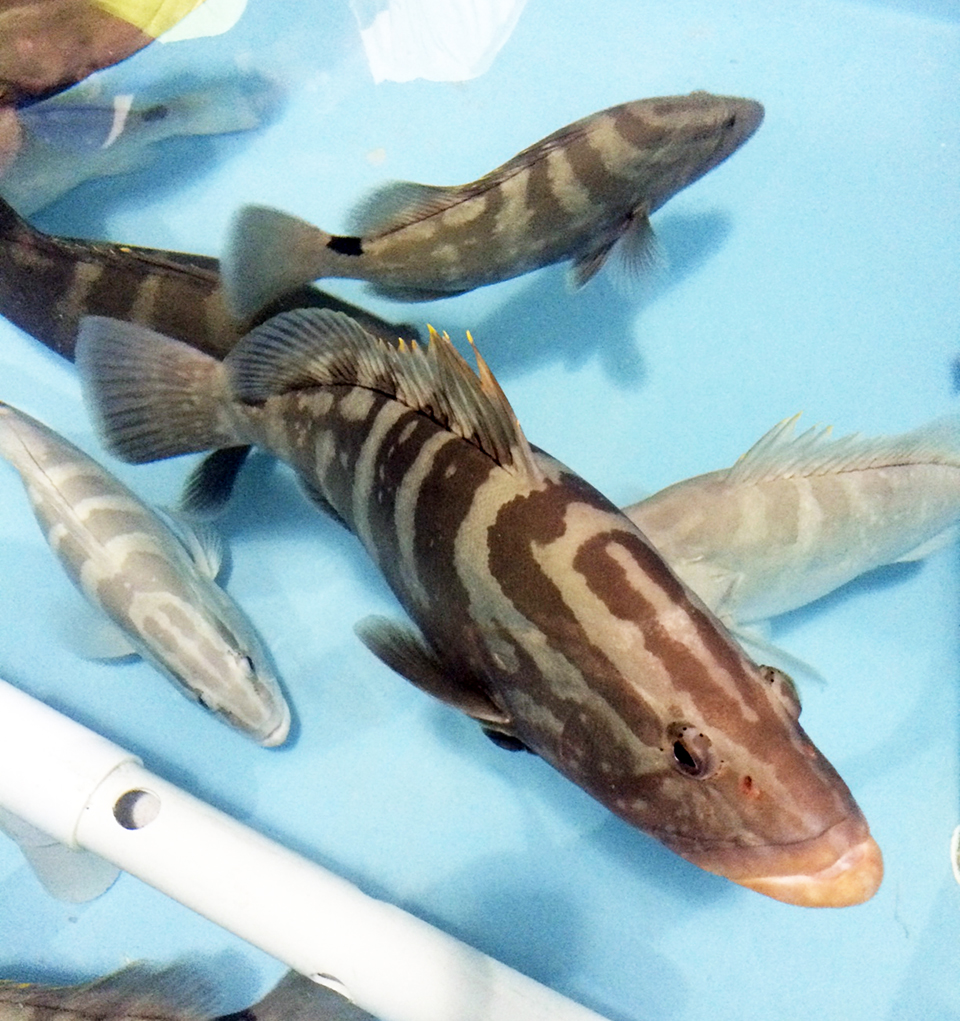
Intelligence
Bahamas venture focuses on grouper, other high-value marine fish
A new venture under development in the Bahamas will capitalize on Tropic Seafood’s established logistics and infrastructure to diversify its operations from processing and selling wild fisheries products to include the culture of grouper and other marine fish.



